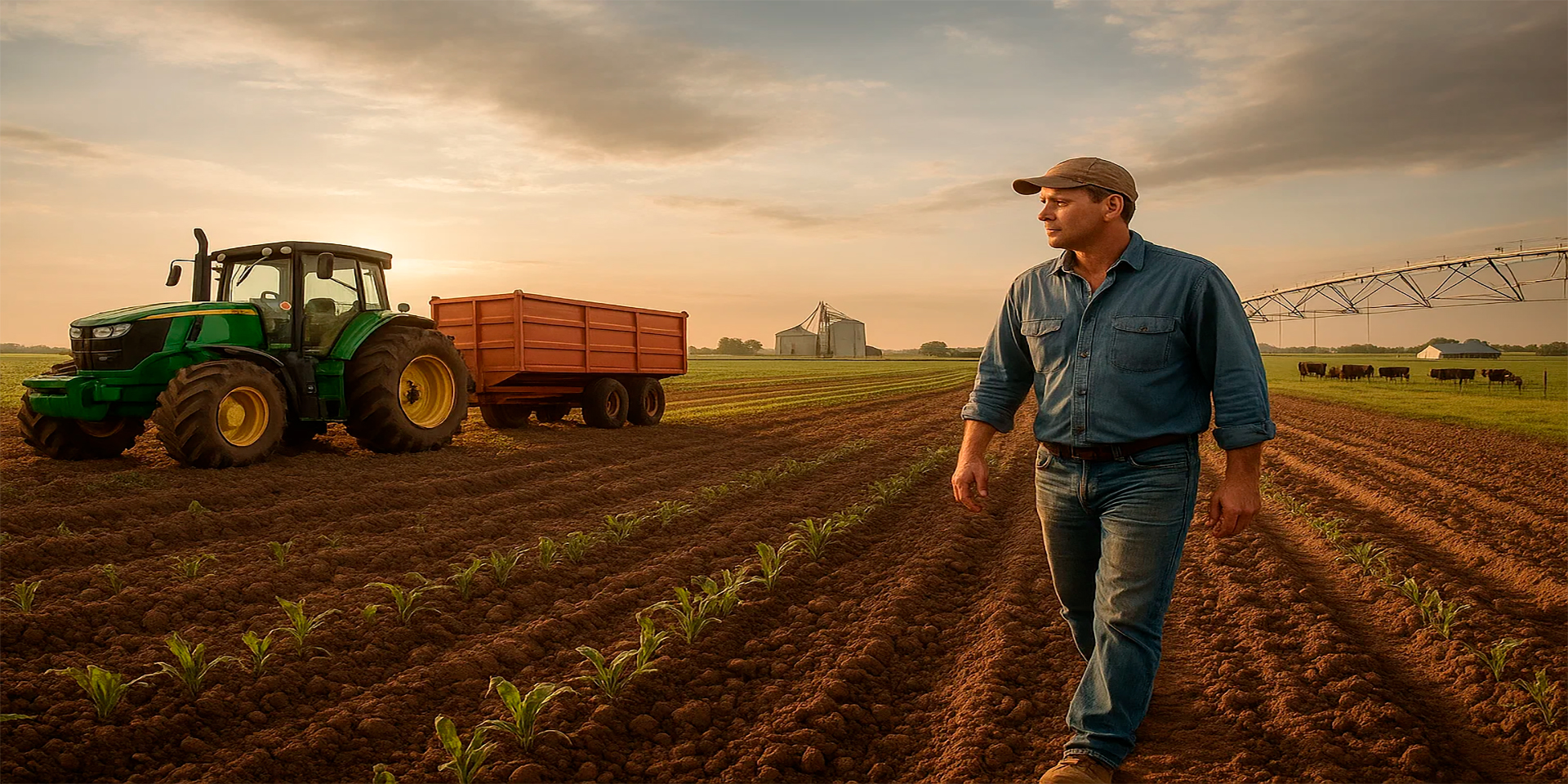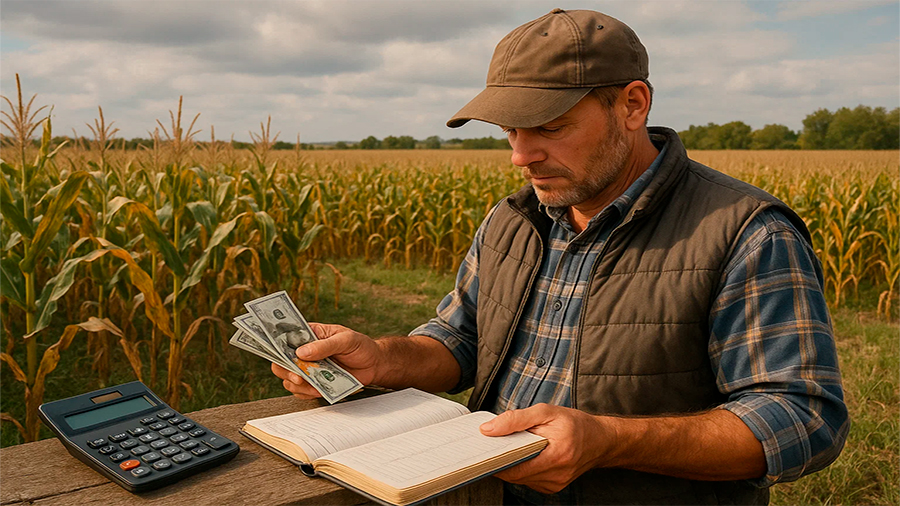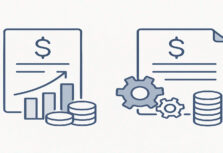December 01, 2025
Agricultural Sector Loans: How Credit Supports Growth And What Risks To Avoid

Loans For Expansion In The Agricultural Sector: Features And Risks
The agricultural sector is one of the most capital-intensive areas of the economy. Farmers and agribusinesses constantly need funds for machinery, land improvements, irrigation systems, livestock, and working capital to manage seasonal fluctuations. Few enterprises in this sector can rely solely on retained earnings, making loans an essential tool for expansion. Yet borrowing in agriculture comes with unique conditions shaped by weather, global commodity markets, and government policies. Understanding the features of agricultural lending, the programmes available, and the risks involved is crucial for enterprises aiming to expand while safeguarding their long-term stability.
The Importance Of Credit In Agriculture
Agriculture is highly dependent on timely investment. Seeds, fertilizers, pesticides, and machinery all require upfront capital before any harvest generates income. Without loans, many farmers cannot afford to modernize operations or expand production capacity. Access to credit determines whether agricultural enterprises can compete in both local and global markets. Financial institutions recognize this need, which is why specialized lending programmes exist for agriculture. However, the sector’s reliance on natural cycles and vulnerability to climate events mean that loan repayment carries more uncertainty than in other industries. As a result, agricultural lending programmes are structured differently to balance opportunity with risk.
Expansion As A Strategic Priority
Expansion allows farmers to increase yields, diversify crops, and adopt modern technologies. Credit provides the means to purchase advanced machinery, build storage facilities, or invest in irrigation infrastructure. These improvements not only boost productivity but also protect enterprises from unpredictable weather patterns and market volatility.
Types Of Agricultural Loans
Agricultural loans can be categorized by their purpose and repayment structures. Farmers and enterprises must select programmes that align with their operational needs and cash flow cycles. Broadly, these loans are divided into short-term, medium-term, and long-term categories, each serving distinct functions.
Short-Term Loans
Short-term loans typically cover seasonal expenses such as seeds, fertilizers, and labor. They are repaid after the harvest, aligning repayment with revenue generation. While useful for immediate needs, they require careful planning, as a poor harvest can jeopardize repayment capacity.
Medium- And Long-Term Loans
Medium-term loans finance machinery purchases, storage facilities, or land improvements, often with repayment periods ranging from three to seven years. Long-term loans, which can extend over decades, are used for large-scale investments such as land purchases or irrigation systems. These loans carry higher risks but also drive structural modernization and long-term competitiveness.

Comparison Of Loan Types In Agriculture
The table below summarizes the main types of agricultural loans and their features:
| Loan Type | Purpose | Repayment Term | Main Risks |
|---|---|---|---|
| Short-Term | Seeds, fertilizers, labor, fuel | Up to 12 months | Poor harvest, market price drops |
| Medium-Term | Machinery, storage facilities, land improvements | 3–7 years | Market volatility, machinery depreciation |
| Long-Term | Land purchases, irrigation systems, large-scale projects | 10–30 years | Climate risks, policy changes, debt burden |
Implications For Borrowers
Each loan type must be matched carefully with operational realities. Borrowing long-term for seasonal expenses creates unsustainable obligations, while using short-term credit for infrastructure leaves enterprises underfunded. Strategic alignment is key to minimizing risks.
Special Lending Programmes For Agriculture
Many governments and financial institutions design tailored programmes to support agricultural development. These programmes often feature subsidized interest rates, extended repayment terms, or partial guarantees to reduce risks for lenders. International organizations also play a role, providing financing lines for agricultural modernization in developing economies. For farmers, these programmes offer critical access to capital on more favorable terms than standard commercial loans. Understanding eligibility criteria and application processes is essential for securing these benefits.
Government Subsidized Credit
Subsidized loans lower interest costs, enabling farmers to expand without excessive debt burdens. In many regions, governments cover part of the interest or guarantee repayment to encourage lenders to support agricultural enterprises. These programmes are often tied to strategic priorities such as food security or sustainable farming.
Cooperative And Microfinance Models
In rural areas, where traditional banks may not operate, cooperative credit unions and microfinance institutions provide vital access to loans. While amounts may be smaller, they serve as critical financing for smallholders who form the backbone of agricultural economies.
Risks Specific To Agricultural Lending
Agricultural enterprises face unique risks that complicate loan repayment. These risks are not entirely within the control of borrowers, which is why agricultural lending is considered higher risk by financial institutions. Farmers must account for these factors when considering borrowing.
Weather And Climate Dependence
Unpredictable weather conditions—droughts, floods, storms—can wipe out entire harvests, leaving farmers without income to repay loans. Climate change intensifies these risks, making resilience measures such as irrigation and crop insurance more important than ever.
Commodity Price Volatility
Global agricultural markets are highly volatile. Prices for crops, livestock, and commodities can fluctuate dramatically due to supply chain disruptions, geopolitical tensions, or changes in demand. Farmers relying on loans may find themselves unable to cover obligations when prices fall unexpectedly.

Comparison Of Risks In Agricultural Lending
The table below outlines common risks faced by farmers and their potential impact on loan repayment:
| Risk Factor | Description | Impact On Borrowers |
|---|---|---|
| Climate Events | Drought, floods, storms damaging crops | Loss of harvest revenue, default risk |
| Market Volatility | Fluctuating prices for commodities | Reduced profit margins, difficulty servicing debt |
| Policy Changes | Government reforms affecting subsidies or land rights | Higher costs, reduced access to credit |
| Operational Risks | Machinery breakdowns, pest infestations | Unexpected expenses reducing repayment capacity |
Managing Agricultural Risks
Farmers can reduce risks by diversifying crops, purchasing insurance, adopting climate-resilient practices, and negotiating flexible loan structures. Collaboration with lenders to design adaptive repayment schedules also helps align obligations with unpredictable revenue cycles.
Maintaining Financial Discipline In Agricultural Borrowing
Beyond external risks, internal discipline is critical. Farmers must manage debt responsibly by borrowing only what they can realistically repay. Accurate forecasting of yields, revenues, and costs ensures that loan obligations remain manageable. Building financial reserves during good years helps cushion repayment during difficult periods. Transparent accounting practices also strengthen relationships with lenders, making it easier to negotiate favorable terms or restructuring if challenges arise.
Role Of Advisory Services
Many lenders now provide advisory services alongside loans, helping farmers manage budgets, assess risks, and improve efficiency. Accessing such expertise adds value beyond financing, equipping borrowers with tools to ensure sustainability.
The Conclusion
Loans are indispensable for expansion in the agricultural sector, providing farmers and enterprises with the resources to modernize, diversify, and compete globally. Yet borrowing carries significant risks due to the sector’s dependence on natural conditions and volatile markets. By carefully matching loan types with operational needs, utilizing government and cooperative programmes, and adopting robust risk management strategies, farmers can leverage credit without jeopardizing their long-term survival. With thoughtful planning and financial discipline, agricultural loans become more than liabilities—they transform into catalysts for growth and resilience in a changing world.






